A new study reveals that mice use specialized brain cells to track progress toward goals, even in unfamiliar situations. The findings suggest that animals—and possibly humans—rely on internal maps of behavior, not just physical space.
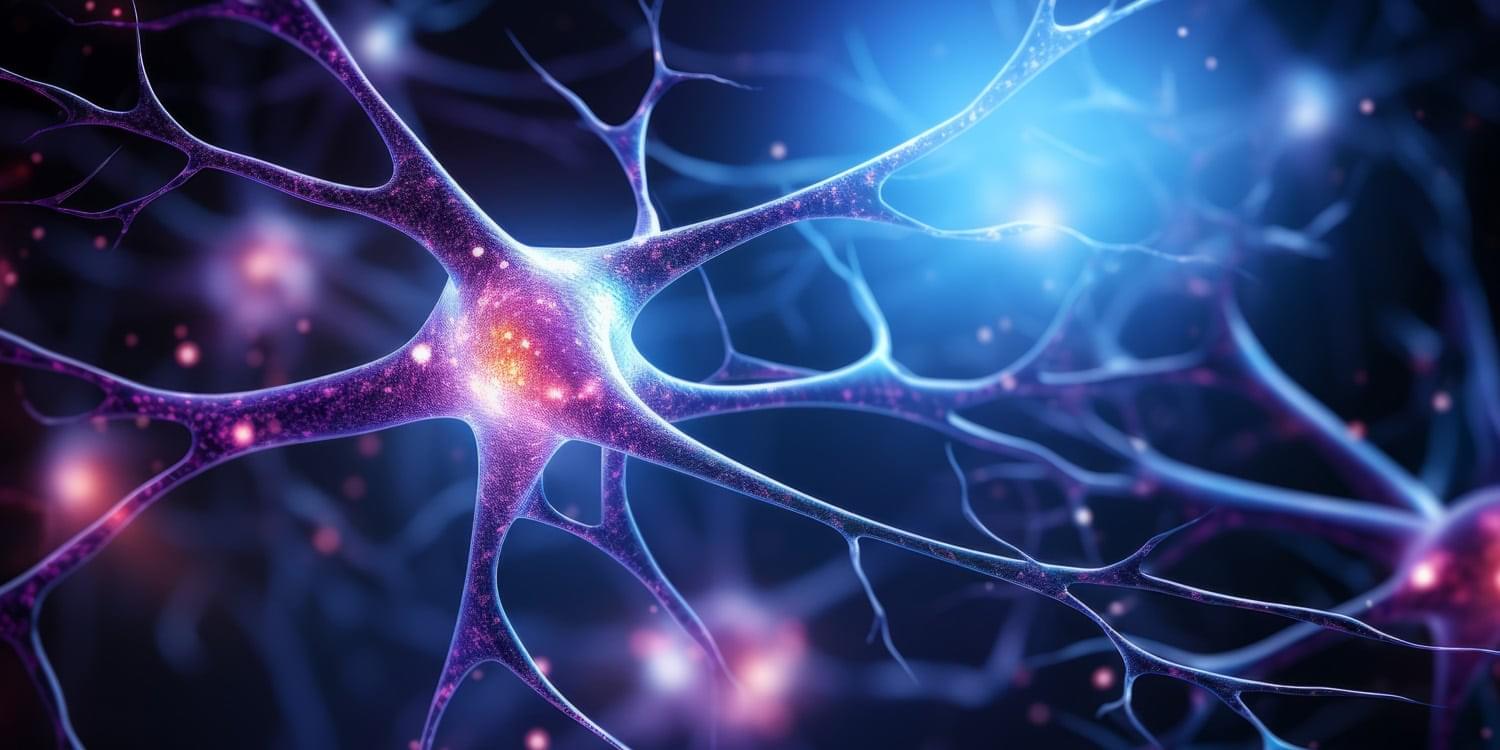

A new study reveals that mice use specialized brain cells to track progress toward goals, even in unfamiliar situations. The findings suggest that animals—and possibly humans—rely on internal maps of behavior, not just physical space.
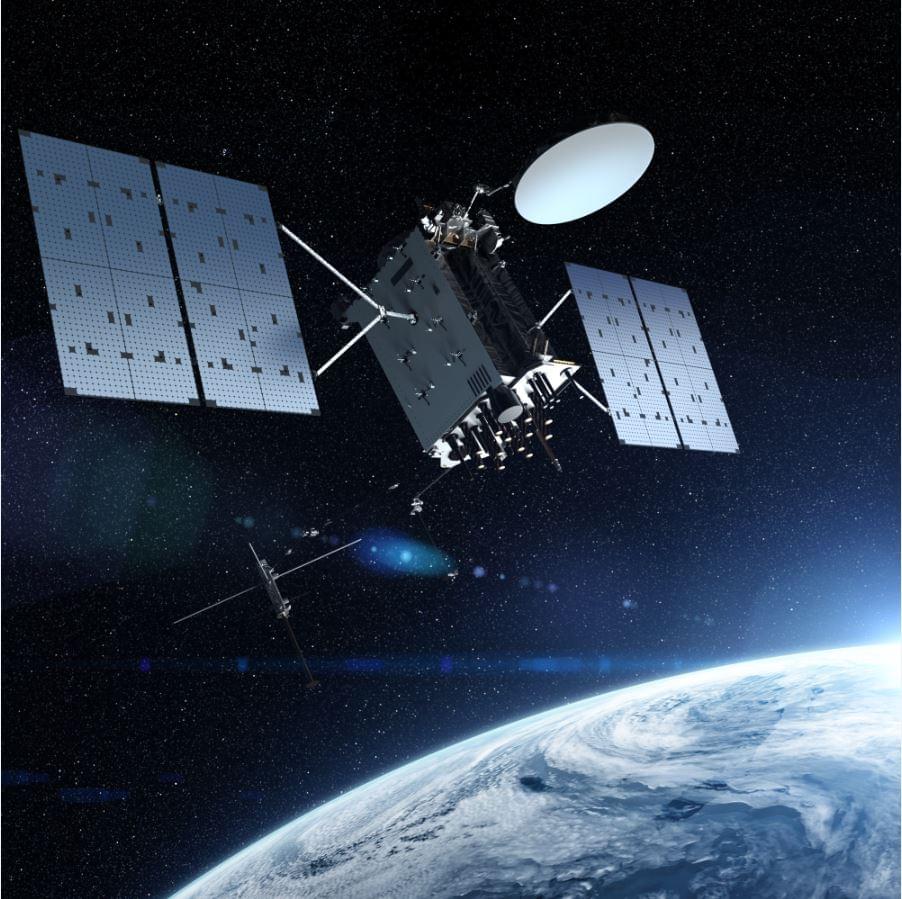
WASHINGTON — The U.S. Space Force has ordered two additional Global Positioning System satellites from Lockheed Martin. The $509.7 million contract covers GPS III satellites 21 and 22, which are part of the advanced GPS III Follow-on constellation designed to provide enhanced positioning, navigation and timing services to both civilian and military users worldwide.
Delivery of the two satellites is scheduled by 2031, according to a contract announcement May 28.
The order was placed under an existing 2018 contract that allows for up to 22 spacecraft. With this procurement, the Space Force has now exercised options for 12 satellites, bringing the total value of the contract to $4.1 billion.

Close to the summit of an underwater mountain west of the Mid-Atlantic Ridge, a jagged landscape of towers rises from the gloom.
Their creamy carbonate walls and columns appear ghostly blue in the light of a remotely operated vehicle sent to explore.
They range in height from tiny stacks the size of toadstools to a grand monolith standing 60 meters (nearly 200 feet) tall. This is the Lost City.
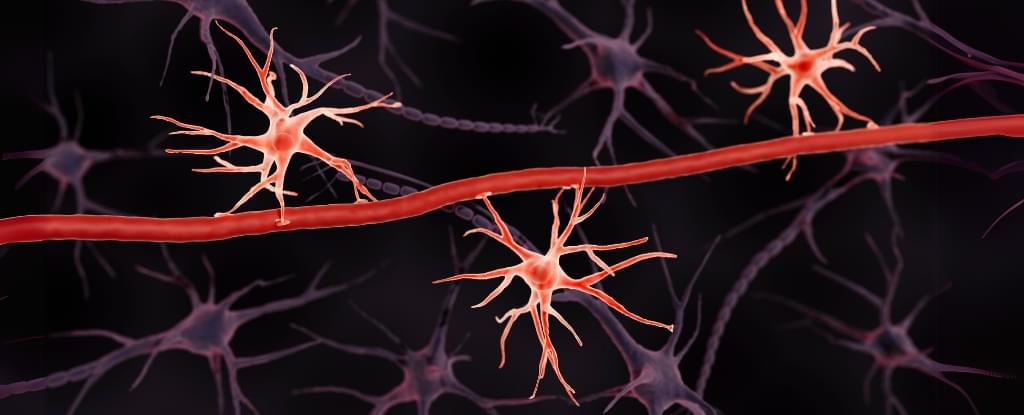
A new drug targeting inflammation in the brain has been shown to bolster the blood-brain barrier in mice, pioneering a potential shift in the fight against neurodegenerative diseases like Alzheimer’s.
“Finding [the drug] blocks brain inflammation and protects the blood-brain barrier was an exciting new discovery,” says pathologist Sanford Markowitz from Case Western Reserve University (CWRU).
What’s more, the researchers note that amyloid levels – the abnormally clumping proteins traditionally thought to play a role in the progress of Alzheimer’s – remained the same. This suggests the new treatment, focusing on an immune protein called 15-PGDH, targets a completely different physiological pathway than many existing medications.
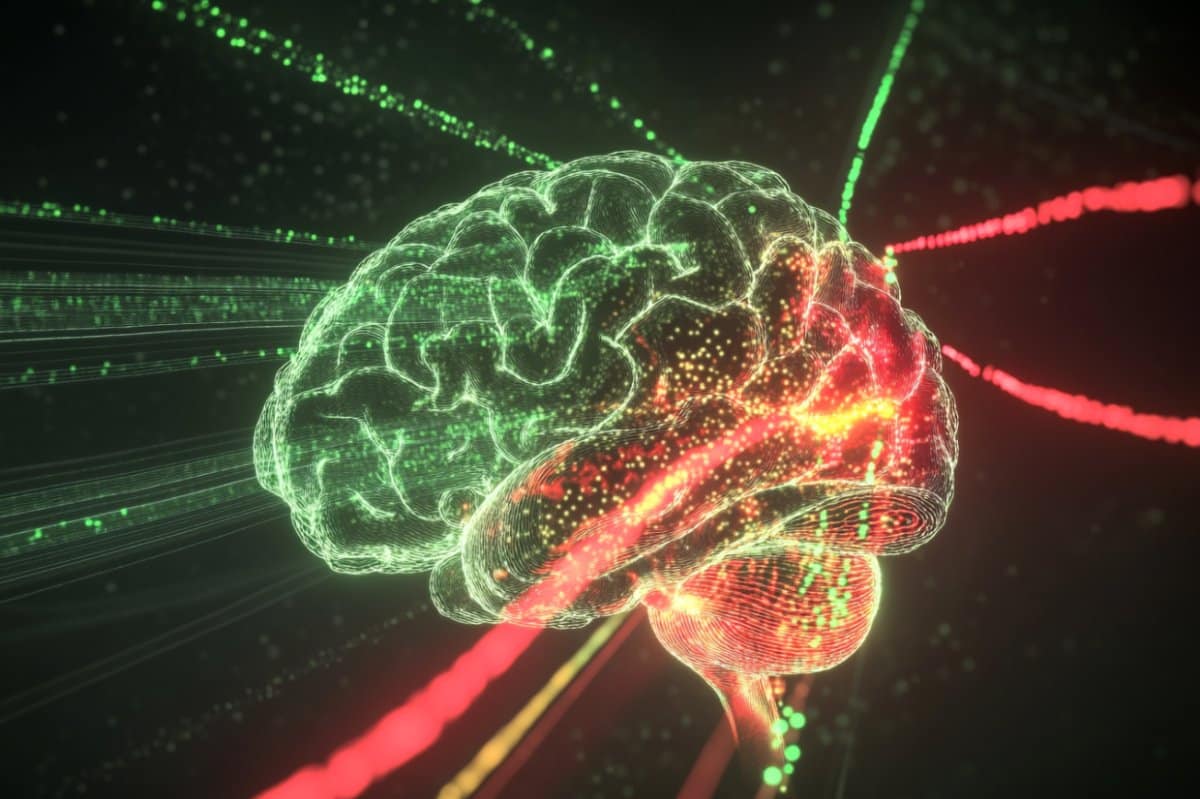
New research reveals that neurons in the basal ganglia not only initiate movement but also suppress it with remarkable precision, challenging the traditional view that they merely act as a brake.

There’s a deep human desire to know, to better understand the world, and for decision-makers within organizations to do that in a way that’s grounded in data and grounded in fact.

As the population ages, multimorbidity, or when a patient has multiple diseases at once, is becoming increasingly common. The onset of one disease increases the risk of developing other diseases, making it necessary to investigate how a range of risk factors together affect such accumulation. Prior studies have focused on individual risk factors and related individual diseases.
A study explored how the risk factors measured from birth to middle age and unmeasured, or latent, factors covering the entire lifespan predict and explain the incidence of chronic diseases in eight organ systems from middle to old age: the cardiovascular, metabolic, gastrointestinal, musculoskeletal, respiratory, neurological and psychiatric systems, and the sensory organs.
The study, published in The Lancet Healthy Longevity journal, analyzed 22 risk factors, including age, sex, early life (e.g., size at birth, early childhood growth, childhood wartime evacuee status), socioeconomic factors (e.g., socioeconomic status in childhood, income in adulthood), lifestyle factors (e.g., smoking, alcohol consumption, physical activity, diet), clinical measurements and biomarkers (e.g., body mass index, blood pressure, blood glucose).

Analysis flags hundreds of studies that seem to follow a template, reporting correlations between complex health conditions and single variables based on publicly available data sets.
Humans excel at performing complex tasks by leveraging long-term memory across temporal and spatial experiences. In contrast, current Large Language Models (LLMs) struggle to effectively plan and act in dynamic, multi-room 3D environments. We posit that part of this limitation is due to the lack of proper 3D spatial-temporal memory modeling in LLMs. To address this, we first introduce 3DMem-Bench, a comprehensive benchmark comprising over 26,000 trajectories and 2,892 embodied tasks, question-answering and captioning, designed to evaluate an agent’s ability to reason over long-term memory in 3D environments. Second, we propose 3DLLM-Mem, a novel dynamic memory management and fusion model for embodied spatial-temporal reasoning and actions in LLMs.
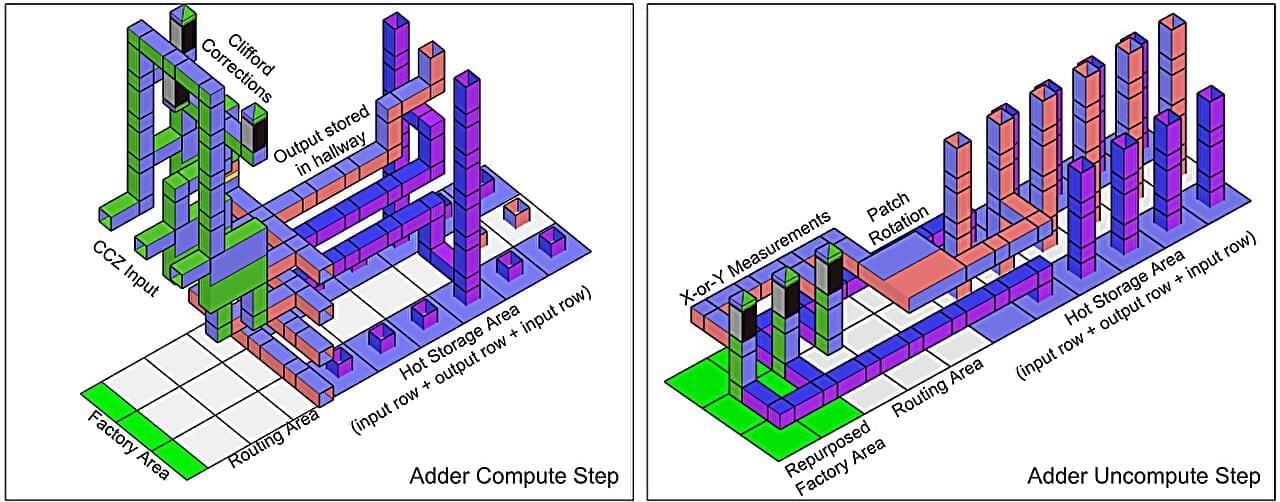
A team of researchers at AI Google Quantum AI, led by Craig Gidney, has outlined advances in quantum computer algorithms and error correction methods that could allow such computers to crack Rivest–Shamir–Adleman (RSA) encryption keys with far fewer resources than previously thought. The development, the team notes, suggests encryption experts need to begin work toward developing next-generation encryption techniques. The paper is published on the arXiv preprint server.
RSA is an encryption technique developed in the late 1970s that involves generating public and private keys; the former is used for encryption and the latter decryption. Current standards call for using a 2,048-bit encryption key. Over the past several years, research has suggested that quantum computers would one day be able to crack RSA encryption, but because quantum development has been slow, researchers believed that it would be many years before it came to pass.
Some in the field have accepted a theory that a quantum computer capable of cracking such codes in a reasonable amount of time would have to have at least 20 million qubits. In this new work, the team at Google suggests it could theoretically be done with as few as a million qubits—and it could be done in a week.